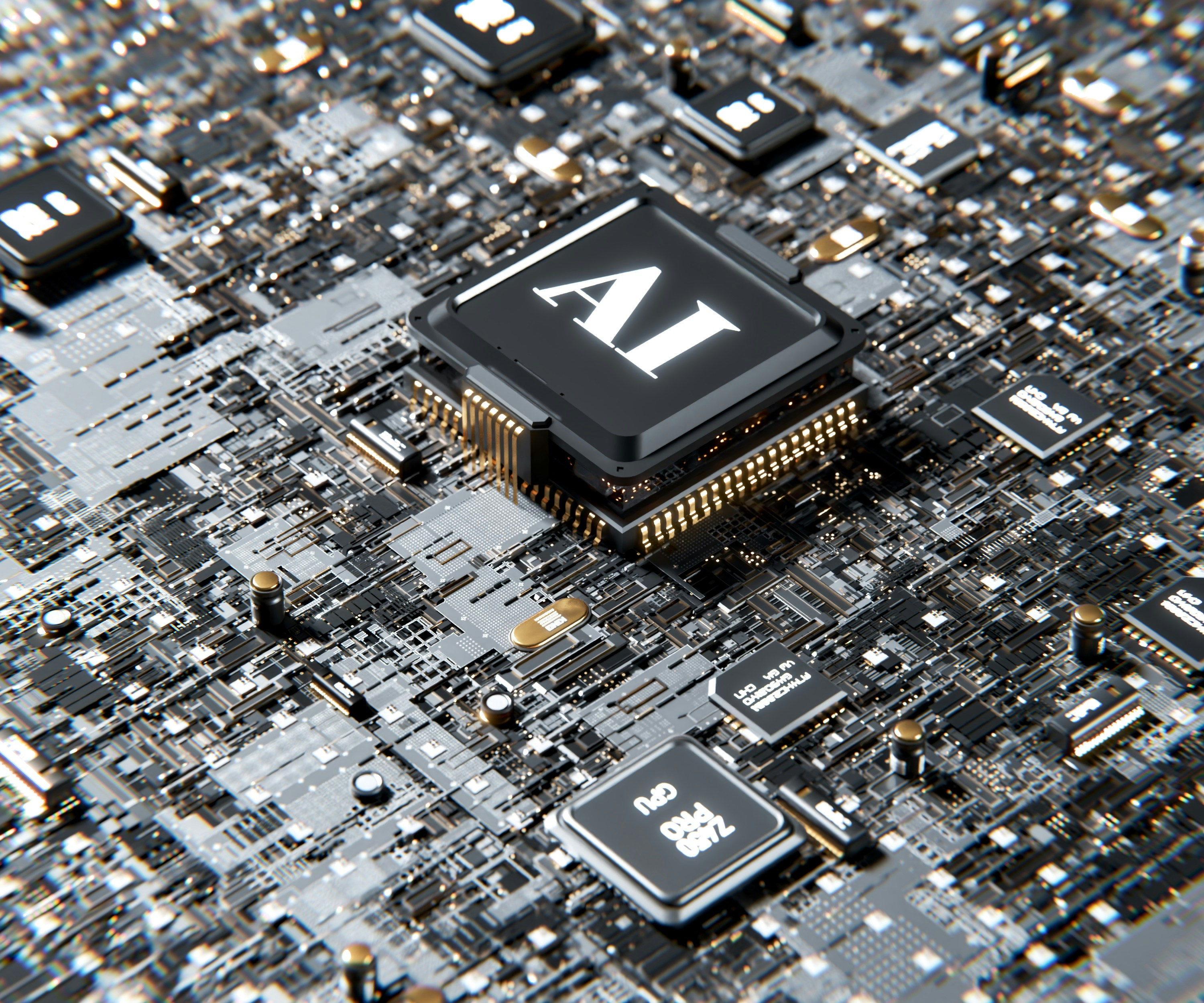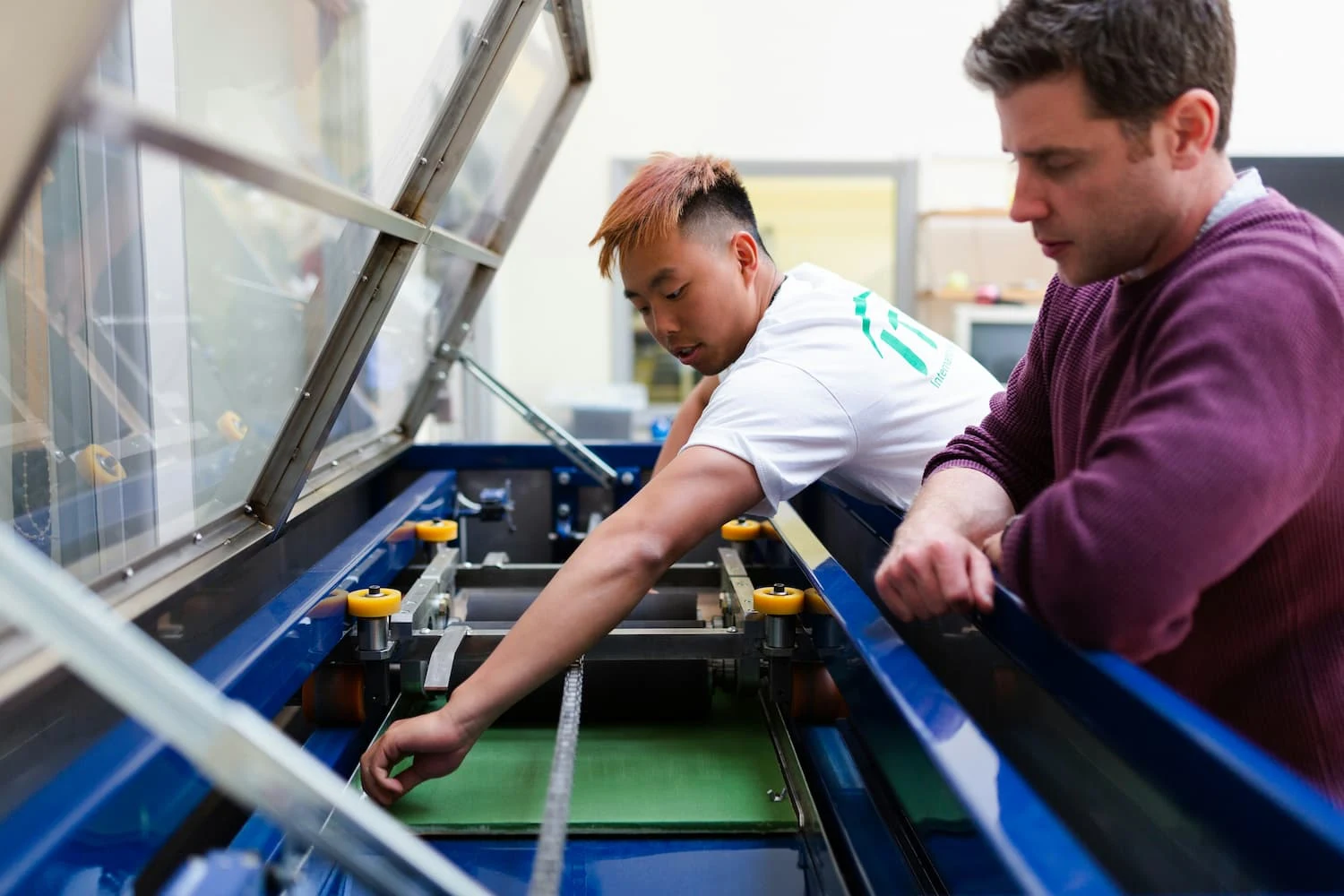
Electrospray and FEEP (Micro and nanosats)
What to ask in your RFQ
Delta-V per axis and duty cycle
Contamination and plume constraints near optics and star trackers
Pointing jitter tolerance during firing
Power and thermal margins
Power processing unit placement and harness length
Required qualification or acceptance testing
Vendors to consider
ENPULSION NANO (IFM), Austria. FEEP using indium, micro-Newton thrust class, large flight heritage.
IENAI SPACE ATHENA, Spain. Electrospray modules with low power draw and modular emitters, ESA maturation milestones.



